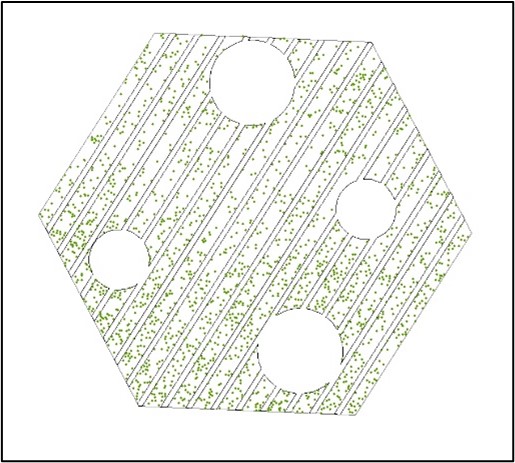RESISTANCE
maintain relatively unchanged conditions over time
Management Goals:
- Preserve current species richness, but shift towards historic (1940s) species composition and stand structure: reduction of sub-alpine fir and promotion of Douglas-fir, spruce, and deciduous
- Maintain or improve forest health
- Maintain or enhance forest structural and age diversity, including larger diameter spruce and Douglas-fir
Strategies & Approaches:
- Modified/hybrid group selection system
- Retain ~15 m2/ha basal area, including “veteran trees”
- Plant locally-sourced Douglas-fir on mesic and drier sites, and hybrid white spruce on wetter sites
- Leave coarse woody debris, particularly larger diameter pieces

RESILIENCE
allow some change in current conditions, but encourage eventual return to original conditions


Management Goals:
- Enhance present species diversity by increasing hardwood relative abundance in overstory
- Reduce fire risk and decrease ladder fuels
- Increase resilience to pests and pathogens
Strategies & Approaches:
- Variable matrix of skips and gaps with flexibility to adapt to microsites
- Variable gap size from 0.1 – 1 ha.
- Lower residual basal area of 10-15 m2/ha to reduce drought stress
- Thinning from below for vigor and to remove ladder fuels and light thinning from above of softwoods to shift overstory composition
- Plant Douglas-fir, hybrid white spruce, and pine from a diversity of future-adapted southern sources
- Promote natural regeneration of aspen in openings
TRANSITION

actively facilitate change to encourage adaptive responses
Management Goals:
- Maintain current diversity, while promoting future-adapted species
- Select and manage current and novel species carefully for present and future pests and pathogens
- Consideration of long-term carbon storage with increased cedar and hemlock
Strategies & Approaches:
- Shelterwood system with a lower residual basal area of 5-10 m2/ha.
- Plant future-adapted species:
- current: Douglas-fir, lodgepole pine, birch, aspen
- novel: western red cedar, western hemlock, ponderosa pine, western larch
- Leave hardwoods to shift relative abundance
NO ACTION
allow forests to respond to climate change without direct management intervention
Since climate change impacts all forests globally, we cannot maintain a true “control.” With this in mind, we consider an approach in which forests are allowed to respond to climate change in the absence of direct silvicultural intervention as an appropriate baseline for many questions.


